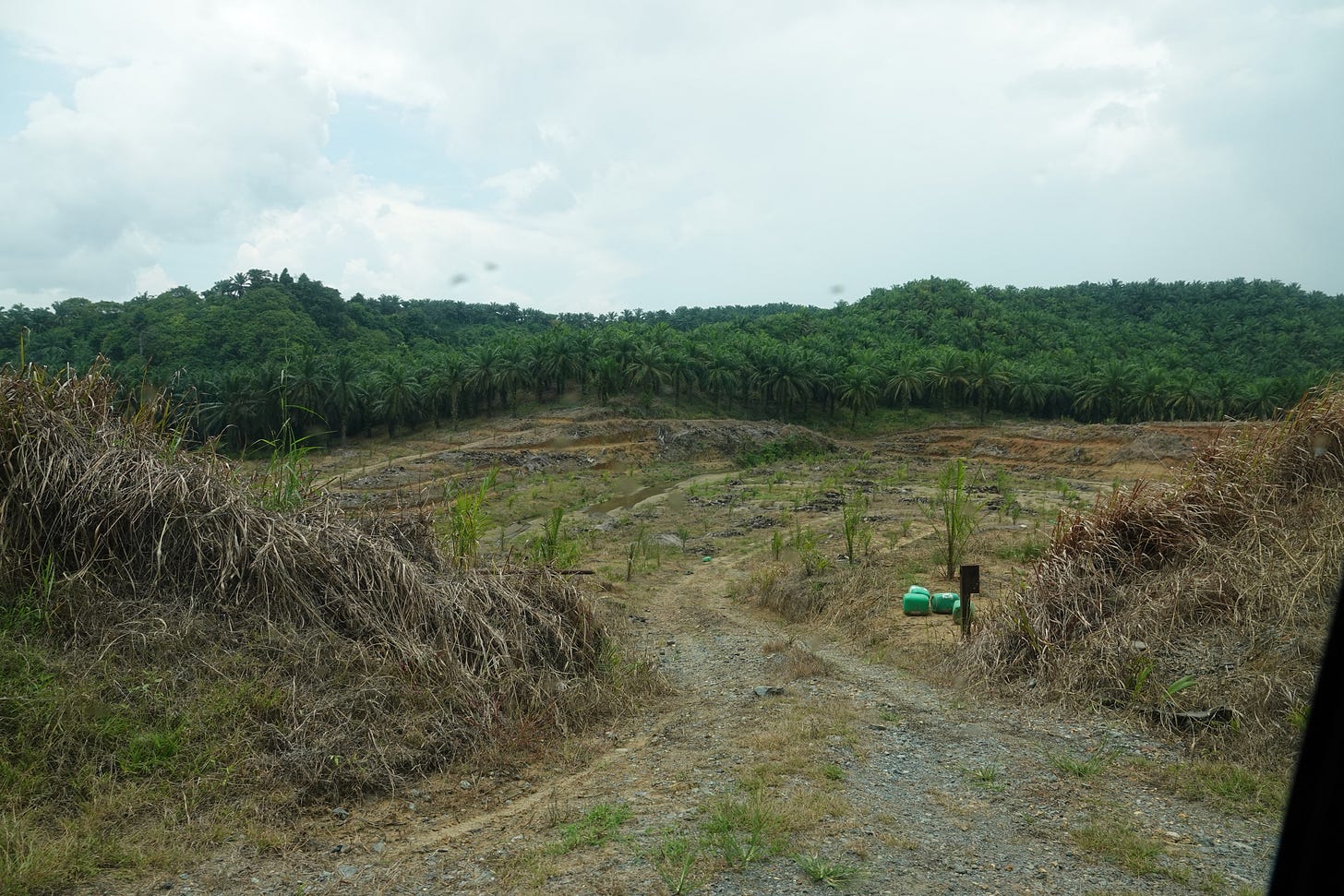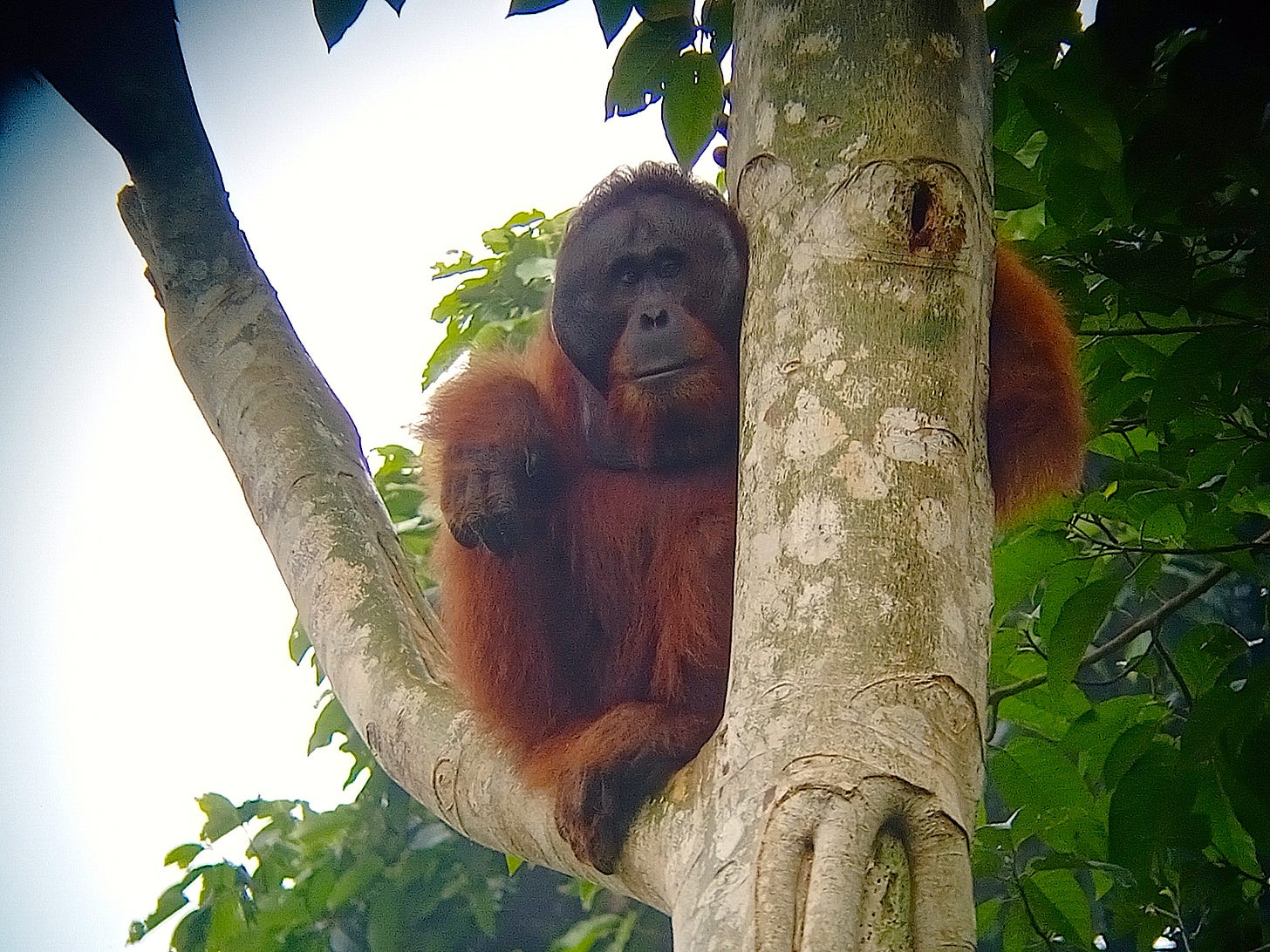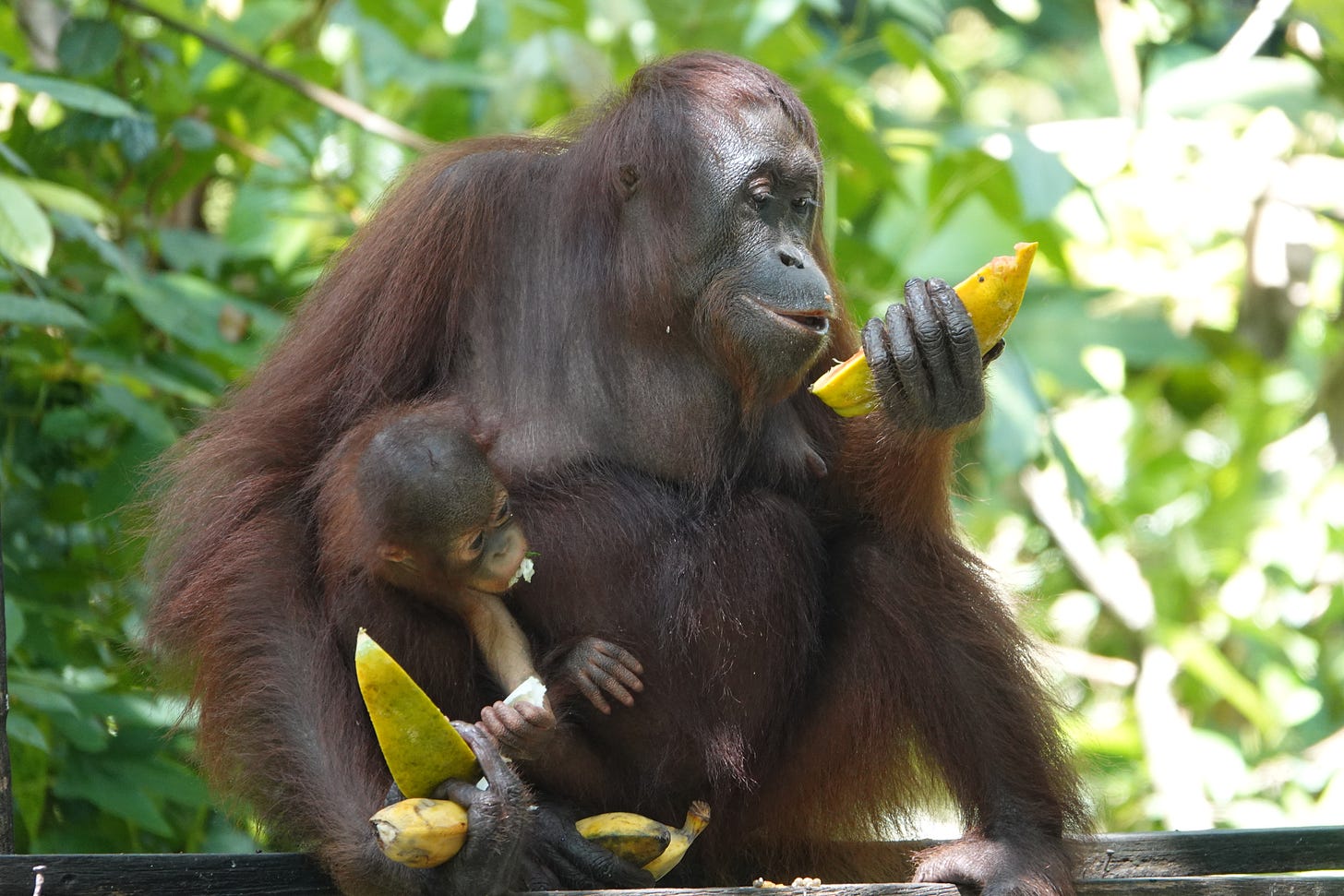Food Lessons from the San Diego Zoo
How the food we buy impacts the planet
I went to the San Diego Zoo hoping to see koalas, red pandas, giant pandas, polar bears, and tigers. I was all in just to have a great time with that. But it turned out food was not far behind.
Early in the tour, LJ, my guide, pulled out a small flip-book of cards. Each card highlighted a different way to support wildlife, and many were related to food. These ideas fit right into the spirit of Fischer Kitchen.
Sustainability in a Pocket-Sized Deck
Forest Stewardship Council (FSC): That little tree logo on packaging means the product is responsibly sourced. So, if you buy coffee cups, cereal boxes, or tissues, you know they were made with the forest in mind.
Shade-Grown, Bird-Friendly Foods: This one surprised me. It’s about how your coffee and tea are grown. Bird-friendly means these products consider the birds’ habitat. So, shaded trees could be a bird habitat, and the coffee is grown under them. Migratory birds rely on these shaded farms during winter, so your morning cup can literally help keep them alive. Interested in buying bird-friendly coffee? The Smithsonian’s National Zoo & Conservation Biology Institute has links to do just that.
Sustainable Seafood: Monterey Bay Aquarium’s Seafood Watch and the MSC (Marine Stewardship Council) logo helps you make good choices. When you see this, you know you are getting responsibly caught or farmed fish. Green means best choice, yellow is a good alternative, red means avoid.
Palm Oil Awareness: Palm oil production is linked to deforestation. When there is deforestation, the orangutans who live in the branches lose their home. But it’s not as simple as an orangutan losing a home. Deforestation can adversely impact the climate and ecosystem. Here is a photo from a previous trip to Borneo, where you can see the clear-cutting and the palm trees set replacing the forest.
During my trip to Borneo, I met Mawi at the Tabin Resort, one of the places we stayed. Mawi and his friends won a prize at the Borneo Bird Festival and he can spot wildlife from very far away, including this content male orangutan in the tree.
And here’s a female orangutan from the Sepilok Orangutan Rehabilitation Centre where about 60 to 80 orangutans are in a rainforest reserve. I took this photo and thought she looked comfortable in her home, munching on some fruit.
What can we do to help the orangutans? The Palm Oil Scan Mobile app helps identify responsibly sourced options (this is on my phone, let it be on yours!). Palm oil shows up in snacks and many everyday products. If we choose sustainable options, we’re helping keep the forests standing, orangutans safe, and the climate and air clean.
Plant Native: Supporting pollinators and local habitats can be as simple as planting what naturally grows in your region.
Rainforest Alliance: The frog logo signals products that protect both ecosystems and farming communities. This helps figure out which farms help the land, don’t use so many pesticides, are fair to workers, and help against climate change. These factors impact the foods we buy in the grocery store. Look for the frog!
These practical reminders touch foods we know well, like coffee, chocolate, and fish, as well as even packaging. Everything connects back to the health of the planet.
A few quick facts about the San Diego Zoo
The San Diego Zoo is more than a place to see wildlife. LJ gave me some quick facts:
The zoo opened in 1916 and has grown into a conservation leader.
It spans about 100 acres and is also a certified botanical garden.
Today it cares for over 12,000 animals representing 650+ species.
Animal Encounters with Food at the Center
Feeding animals was part of my visit, and their diets were as memorable as the encounters themselves. The zoo has a “choice and control” policy, which means if an animal doesn’t want to come out, another one gets the chance.
Azan (aardvark): I fed Azan using a tube filled with toasted worms. Azan’s long tongue got the worms out quickly. I was so fixated on getting the tube in just the right direction and petting him, the only time he’d probably let me, that I didn’t realize how awkward I looked with a loose belt!
Chifu (giraffe): Gentle and deliberate, Chifu took the lettuce and biscuits with surprising grace. In fact, when LJ asked me to turn for a photo, so did Chifu - smart giraffe! Look for that in the video! I wanted to touch Chifu, but LJ wisely said, “Don’t touch him. Just let him take the lettuce with his tongue.”
Karima (camel): Another fellow lettuce fan, though a bit more enthusiastic. Hand flat, lettuce up, and Karima knew precisely what to do. When I was done, LJ said to hold up my hands with my palms facing Karima to show that I had nothing more. With that, Karima turned and found something else to do.
Mpenzi (African pygmy falcon): Fed small pieces of raw mouse, Mpenzi’s menu of choice demonstrated how varied food chains can be. I loved this little bird. It looked so intelligent. I felt Mpenzi could give any big falcon a run for its money. Such determined eyes and sharp claws! The smallest and favorite creature of the day!
These moments made the idea of “what we eat” feel much broader, stretching across species, ecosystems, and habits. Fortunately, though, we can be spared dead mice as a delicacy. Let’s leave that to the birds.
A Takeaway for Fischer Kitchen
This was my first time serving up lettuce by hand to be carefully snatched by a creature way larger than me. But I saw how food ties us together. Every choice we make, whether it’s what we buy, how it’s packaged, farmed, fished, or planted, ripples through farms, ecosystems, and communities. The zoo’s flip cards were a simple yet powerful reminder of that.







Very interesting 👌
This was really interesting, thought-provoking and informative. Your well-written piece ties together so many concerns. Thanks for this.